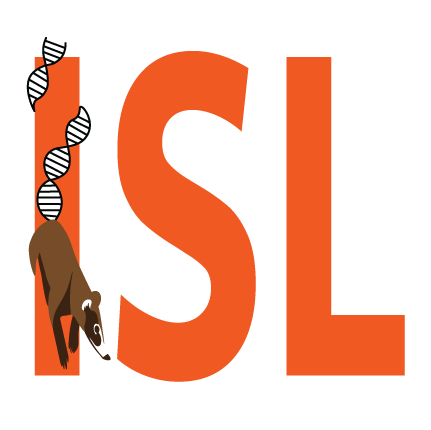Conservation Technology
On the topic of surveillance technology for wildlife research and conservation purposes, small taxa and remote forest habitats are among the most challenging to work with. GPS systems and cellular networks have trouble penetrating thick canopies. Only medium to large-size understory taxa will support a large enough battery to warrant a GPS collar. And, affording more than a handful of such collars is outside the reach of the average researcher. At the root of the challenge, however, is the fact that technology funding and innovators do not live in these places and tend not to think much about the small and un-iconic species. However, monitoring of wildlife in heavily forested, biodiversity hotspots is as important, if not more, as anywhere else.
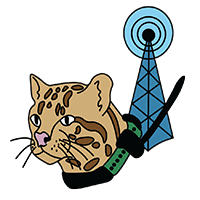
OUR AIMS ARE 2-FOLD
ONE - develop solutions for monitoring the movement and survival of small to medium-size taxa that constitute the bulk of community surveillance work.
TWO - improve animal welfare during capture for long-term research programs at the level of individual animals
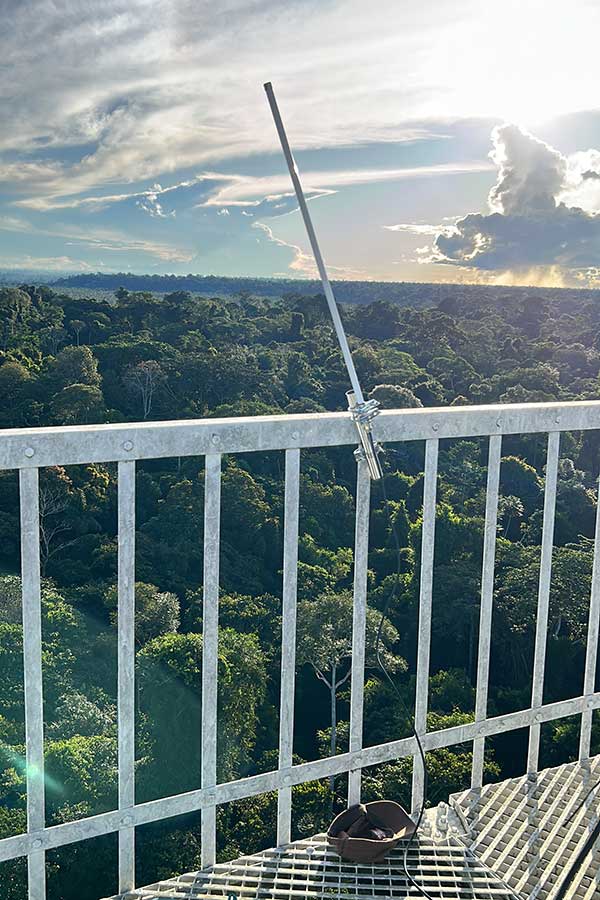

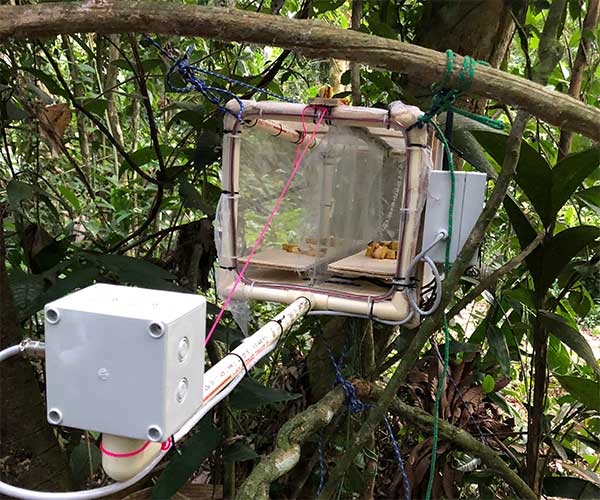
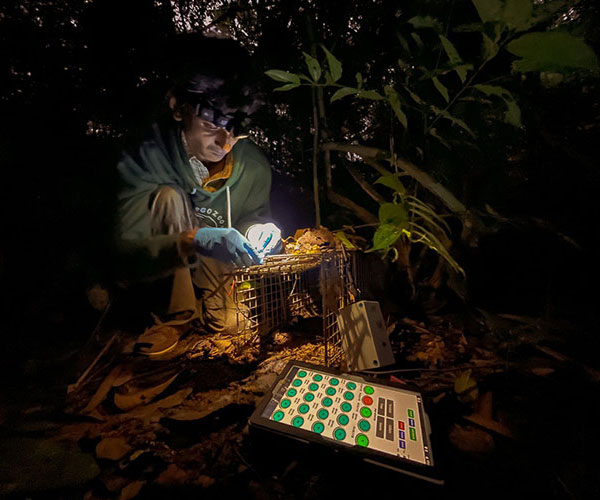
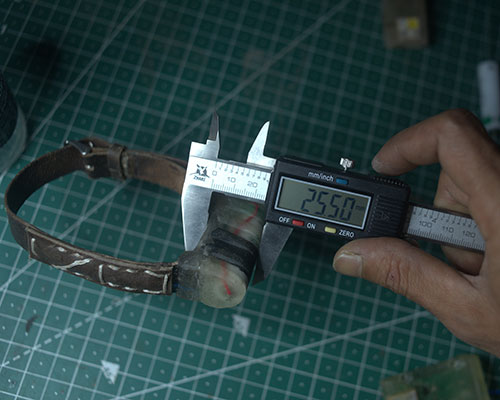
LoRa Radio Technology
Central to our effort is the use of a LoRa radio network that uses a special technique called chirp spread spectrum (CSS) modulation. Chirp Spread Spectrum operates by continuously changing the transmitted signal’s frequency over time. This varying frequency generates a waveform that resembles the sound produced by a bird chirping, allowing it to send signals over long distances without using much power. This creates a low bandwidth network that provides a high tolerance to interference and makes it ideal for IOT applications in forest habitats (>15x further than VHF and UHF).
This platform is the basis for several tools currently in development...
Receivers
that send status updates/alerts, messages, and movement data to team members wherever they are working in the forest. Instead of clunky and fragile devices with bright screens, they bluetooth connect to any handheld device for easy reading.
Nature stations
A multipurpose monitoring tool for habituated animals that simultaneously collects weight, images, and RFID tags.
Smart traps
Sensors that attach to standard tomahawk traps and alert field teams when capture takes place, reducing response time to < 45 minutes on average. This has simple system has profound positive impact on animal welfare.
Tracking Tags & Collars
Temporary GPS collars with form factors for medium- and small-animals (< 15 g to > 15 kg)
